NGSS Storylines: National Parks
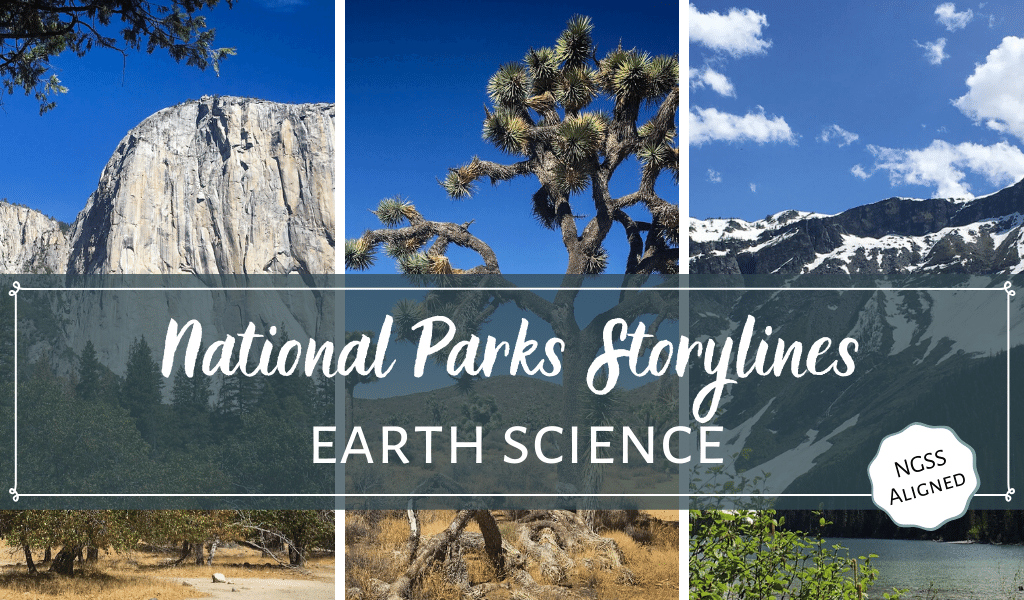
Many of our students have not had opportunities to travel to national parks. Even more, many students aren’t aware of the natural beauty and phenomena that exist throughout the United States. I would love to provide opportunities for all of my students to experience the national parks first hand, but that just isn’t possible. Through these NGSS storylines, students are able to investigate, analyze, and learn about the geological history of the national parks. My hope is for students to learn the science and also create a deeper connection and appreciation for our great national parks.
What is NGSS?
NGSS takes a three-dimensional approach to student learning. Disciplinary core ideas, crosscutting concepts, and science and engineering practices are the three strands of the standards that weave together.
Simply put, the disciplinary core ideas are the concepts students should learn, the practices are what students will do, and the crosscutting concepts are how the branches sciences connect.
Transitioning to NGSS

NGSS classrooms look different than your typical classroom. In the age of the internet, students don’t need to memorize a bunch of facts, they can Google all that. The focus now is on developing students’ scientific thinking skills. Providing opportunities for students to develop and apply skills to discover the content takes more time than traditional teaching strategies. Go ahead and accept right now that you will cover less content, but that’s okay!
We need to remember that transitioning to NGSS and storylines is as much of a change for students as it is for teachers. Students are used to a traditional approach to learning and need time to get comfortable with new roles and responsibilities for their own learning. The good news is when you integrate NGSS, students become more invested in their own learning.
NGSS Storylines
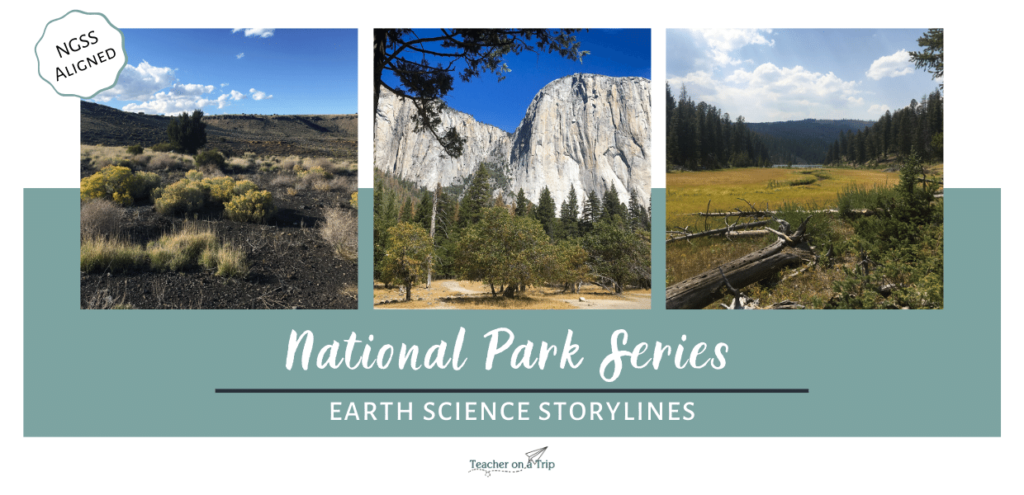
Phenomenon
We are lucky to live in a country with a variety of ecosystems and natural phenomena in our national parks. Students are intrigued by the unique landscapes and features which serve as phenomena throughout the storylines.
Storylines begin with an engaging phenomenon that gets students asking questions. Those will become the driving questions for your unit. If you have selected a quality phenomenon, students will be able to ask intriguing questions.
Driving Questions
Post the driving questions in the room where they are easily visible and referenced day-to-day. We combine student questions into themes that lead to four-five driving questions for a unit.
For the most part, you can predict what types of questions students will ask prior to showing them the selected phenomenon. This allows you to plan your lessons in advance and not scramble to meet the questions of your students. In the earth science class, I guide my students to think about questions related to the geology or climate of an area.
Lessons
This is the everyday meat and potatoes of your unit. This is when students really get to learn and practice skills to discover the content.
Most of my lessons follow the 5E Learning Cycle. Check out this article at Science Interactions if you’re not familiar with the 5E Learning Cycle.
Assessments
Assessments within the NGSS storylines are going to look different than your traditional tests. Students should be evaluated on all three dimensions of NGSS, not solely their content knowledge.
When writing the summative assessment for an NGSS storyline, I introduce a new (related) phenomenon that requires students to apply their skills and understandings to demonstrate mastery.
What I ask students to do can vary based on the practices and crosscutting concepts I want students to demonstrate. For example, following the White Sands NP storyline, students are asked to explain the formation of Badwater Basin based on the data they are provided.
Yes, I still do ask some content level questions in formative assessments (quizzes) because I want to make sure students are grasping some of the necessary concepts before moving on. I also listen to students’ discussions and ask them questions that serve as informal formative assessments during lessons.
National Parks to Introduce Phenomena
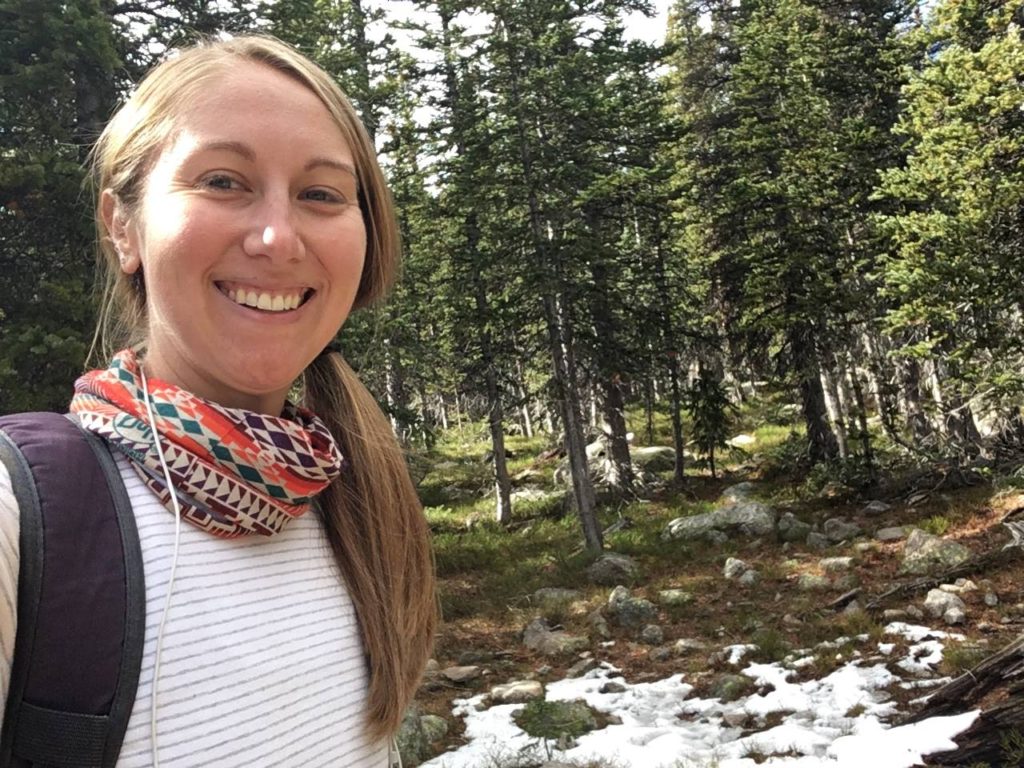
Why the national parks? Quite simply, I LOVE the national parks and didn’t give a hoot about geology until I connected to the outdoors. Understanding even a little about how a specific landscape formed help me realize that geology is really telling the history of a location.
I want my students to realize that what we’re learning about in the classroom is much bigger and grander out in the real world. We can’t visit the national parks, so we’ll bring the parks to the classroom as much as possible.
NGSS Standards Addressed
Currently, the National Park Storylines incorporate the following NGSS Earth and Space Science Performance Expectations.
- HS-ESS1-5. Evaluate evidence of the past and current movements of continental and oceanic crust and the theory of plate tectonics to explain the ages of crustal rocks.
- HS-ESS2-1. Develop a model to illustrate how Earth’s internal and surface processes operate at different spatial and temporal scales to form continental and ocean-floor features.
- HS-ESS2-2. Analyze geoscience data to make the claim that one change to Earth’s surface can create feedbacks that cause changes to other Earth systems.
- HS-ESS2-3. Develop a model based on evidence of Earth’s interior to describe the cycling of matter by thermal convection.
- HS-ESS2-4. Use a model to describe how variations in the flow of energy into and out of Earth’s systems result in changes in climate.
- HS-ESS2-6. Develop a quantitative model to describe the cycling of carbon among the hydrosphere, atmosphere, geosphere, and biosphere.
- HS-ESS3-1. Construct an explanation based on evidence for how the availability of natural resources, occurrence of natural hazards, and changes in climate have influenced human activity.
- HS-ESS3-2. Evaluate competing design solutions for developing, managing, and utilizing energy and mineral resources based on cost-benefit ratios.
- HS-ESS3-4. Evaluate or refine a technological solution that reduces impacts of human activities on natural systems.
- HS-ESS3-5. Analyze geoscience data and the results from global climate models to make an evidence-based forecast of the current rate of global or regional climate change and associated future impacts on Earth systems. Use a model to describe how variations in the flow of energy into and out Earth’s systems result in changes in climate.
- HS-ESS3-6. Use a computational representation to illustrate the relationships among Earth systems and how those relationships are being modified due to human activity.
- HS-ETS1-3. Evaluate a solution to a complex real-world problem based on prioritized criteria and trade-offs that account for a range of constraints, including cost, safety, reliability, and aesthetics, as well as possible social, cultural, and environmental impacts.
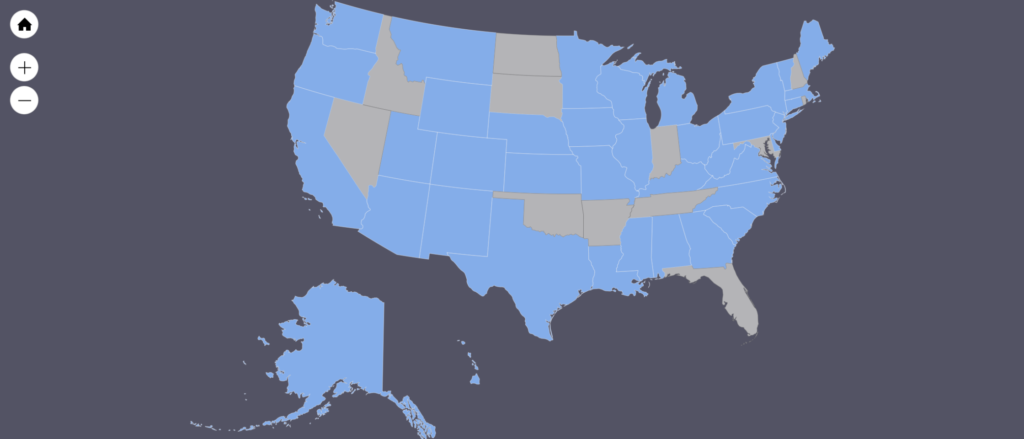
Teacher on a Trip Storylines have been purchased by teachers in all of these states (shaded in blue)! Is your state represented?
National Parks Featured in NGSS Storylines
White Sands National Park

White Sands National Park was originally established as a national monument in 1933. White Sands was re-designated as the 61st national park in December 2019.
NGSS Alignment
Performance Expectations: HS-ESS3-2, HS-ESS3-4, HS-ETS1-3
Disciplinary Core Ideas: ESS3.A (Natural Resources), ESS3.C (Human Impacts on Earth’s Systems), & ETS1.B (Developing Possible Solutions)
Science and Engineering Practices: Asking Questions and Defining Problems, Developing and Using Models, Planning and Carrying Out Investigations, Engage in Argument from Evidence, Constructing Explanations and Designing Solutions, & Obtaining, Evaluating, and Communicating Information
Crosscutting Concepts: Patterns, Cause and Effect, Systems and System Models, Stability and Change, & Scale, Proportion, and Quantity
Click here for more information about
White Sands National Park Storyline.
Hawaii Volcanoes National Park
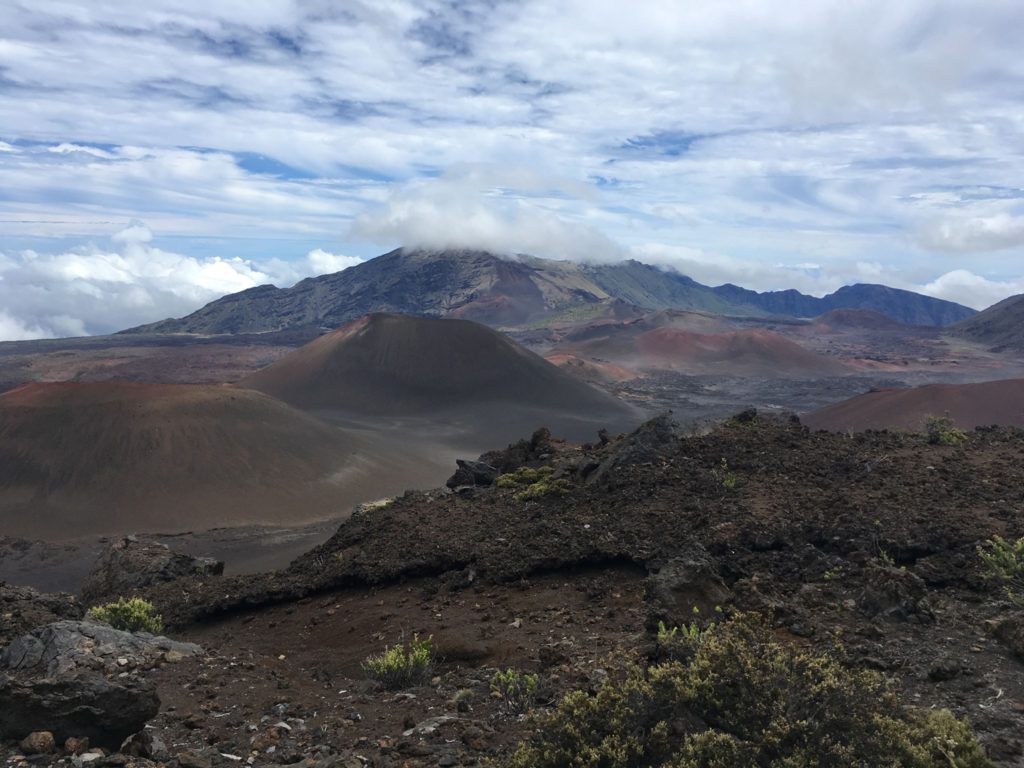
Located on Big Island, Hawaii Volcanoes National Park is one of two national parks located in Hawaii. The other national park, Haleakala National Park is on Maui.
NGSS Alignment
Performance Expectations: HS-ESS1-5, HS-ESS2-1, HS-ESS2-3, HS-ESS2-5, & HS-ESS3-1
Disciplinary Core Ideas: ESS1.C (The History of Planet Earth), ESS2.A (Earth’s Materials and Systems), ESS2.B (Plate Tectonics and Large-Scale System Interactions), ESS3.A (Natural Resources), ESS3.B (Natural Hazards), PS4.A (Wave Properties)
Science and Engineering Practices: Developing and Using Models; Engage in Argument from Evidence; Constructing Explanations and Designing Solutions
Crosscutting Concepts: Patterns; Cause and Effect; Energy and Matter – Flows, Cycles, and Conservation; Stability and Change
Click here for more information about
Hawaii Volcanoes National Park Storyline.
Glacier National Park
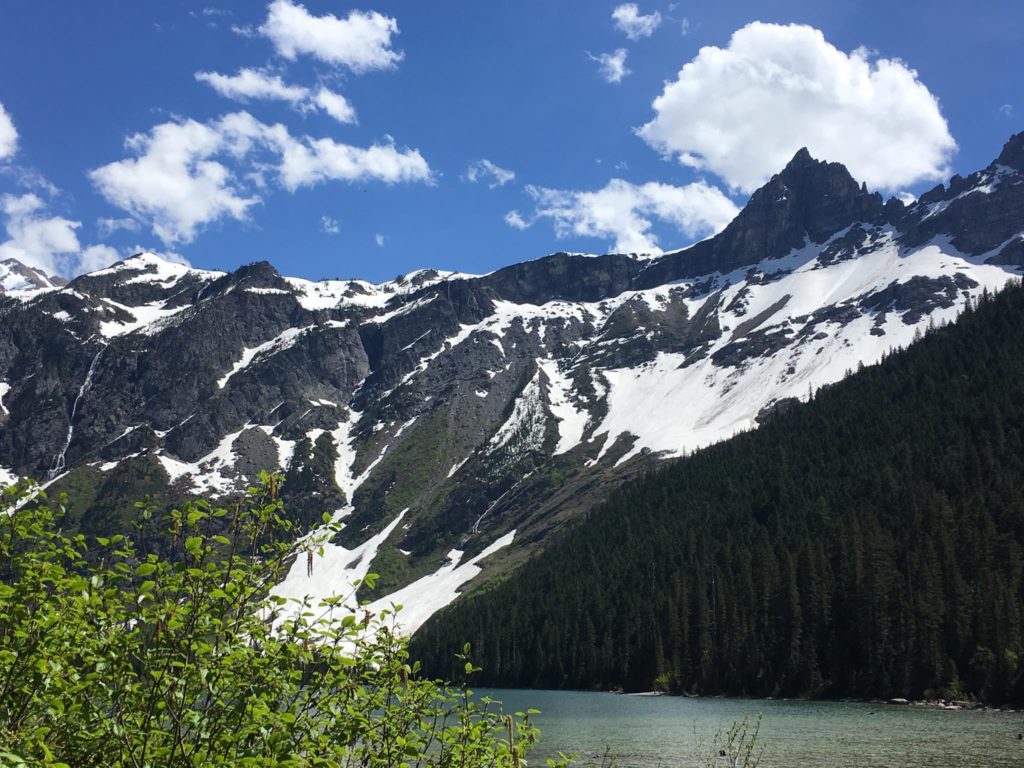
Glacier National Park is my absolute favorite national park!
NGSS Alignment
Performance Expectations: HS-ESS2-2, HS-ESS2-4, HS-ESS2-6, HS-ESS3-5, & HS-ESS3-6
Disciplinary Core Ideas: ESS2.A (Earth’s Materials and Systems), ESS2.D (Weather and Climate), & ESS3.D (Global Climate Change)
Science and Engineering Practices: Analyzing and Interpreting Data, Developing and Using Models, Engage in Argument from Evidence, Constructing Explanations and Designing Solutions, & Using Mathematics and Computational Thinking
Crosscutting Concepts: Patterns, Stability and Change, Energy and Matter, Cause and Effect, & Systems and System Models
Click here for more information about
Glacier National Park Storyline.
Coming Summer 2024! Grand Canyon National Park
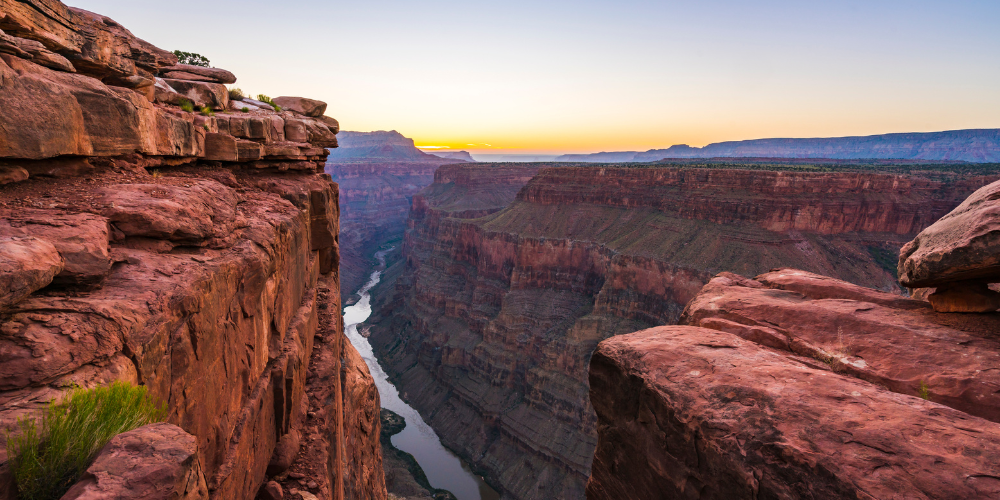
NGSS Alignment
Performance Expectations: Coming soon!
Disciplinary Core Ideas: Coming soon!
Science and Engineering Practices: Coming soon!
Crosscutting Concepts: Coming soon!
Save for later. Pin it!
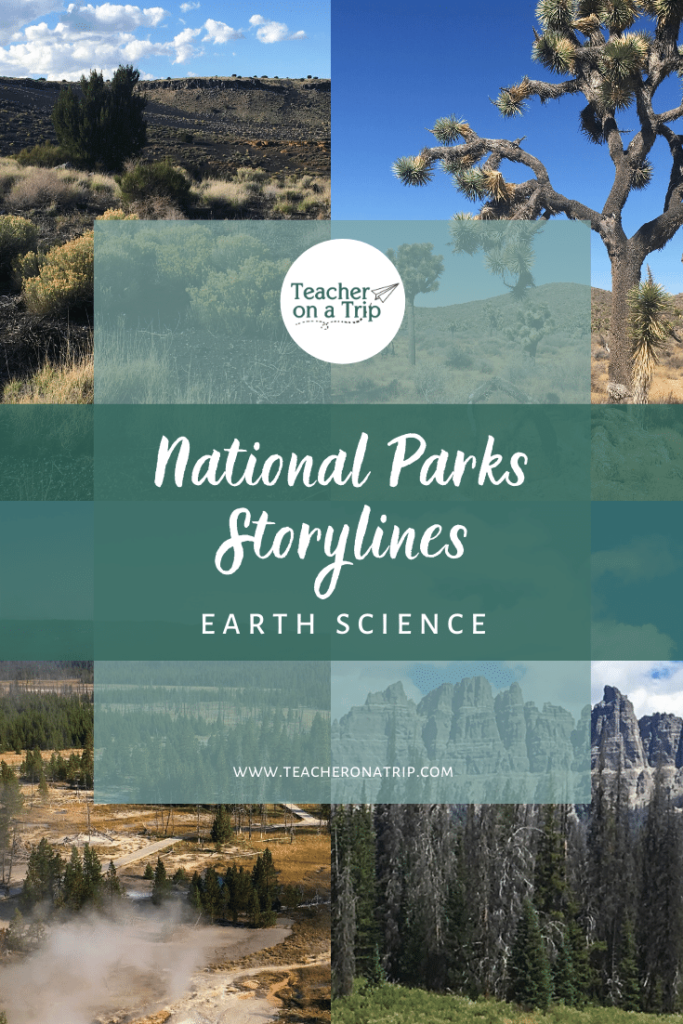
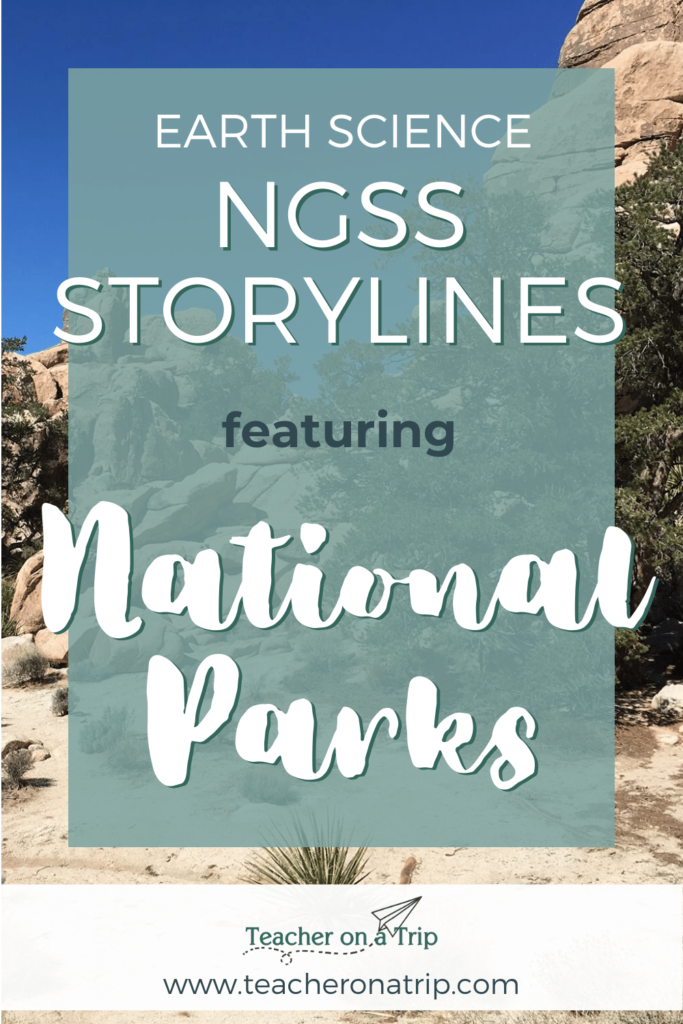
I can’t wait for this to be available. I tell my students all of the time, “If you haven’t been to this park, you need to go!” Every family vacation we take revolves around our national parks!!
Yes! What’s your favorite park?
The Tall Grass Prairie is only about 30 minutes from us, but my favorites are Bryce Canyon- Utah is SO amazing, and it wasn’t as crowded as my other two favs, Rocky Mountain and Yellowstone. I am hoping we can get to Glacier (would be the first time for all in my fam) this summer! I could spend weeks camping and hiking!
Alyssa,
Aspects of the National Parks sounds like great phenomena. And I am so glad that you discussed assessments too. So many people leave that out.
Hi Alyssa,
I have been having some great success with storylines in Biology this year and will be moving to Earth Science next year so I am super excited to see what you’ve been working on. Something that I was wondering is if you’d like to collaborate on things like differentiation and things like that. I’m from Colorado so I would love to start the year with Rocky Mountain National Park. Anyways, I would like to offer some collaboration – let me know if this might be something you would be interested in. I’m happy to help in any way. I believe in this system so much, it has been life-changing for teaching and learning.
Talk Soon! Please feel free to email me.
Miranda Schaelling
Oooo, I loved hiking in Rocky Mountain National Park! I didn’t get near enough time there and really want to go back. I’ll send you an email RE:collaboration.
Alyssa,
I teach MS Earth and Ecosystems science. Love the ideas you have for storylines! Do you know when you plan to have the Hawaii storyline completed? I just purchased the White Sands one and am excited about it!
Hi Kelly! I’m so glad you enjoy the national parks storylines! My plan is to complete the Hawaii Volcanoes NP Storyline this summer (July?!). I’ll also be working on Glacier National Park storyline too.
I am teaching Geology for the first time this upcoming school year and purchased your WSNP Storyline to help me begin organizing my course. Any idea when your other NP storylines will be available for purchase? I am looking forward to using them as part of my Geology curriculum!
Hi Kathy! I’m so excited you’re using White Sands NP Storyline. I’m currently working on the Hawaii Volcanoes National Park Storyline and we’re using it in my class starting next week. I want to make sure I have the kinks worked out before I release it, so maybe late September/mid-October? I promise I’m working hard behind the scenes. 🙂
Please promote all students entering the 4th grade get a FREE National Parks Pass! It takes some paperwork, but a teacher can take a group of students for free, too!